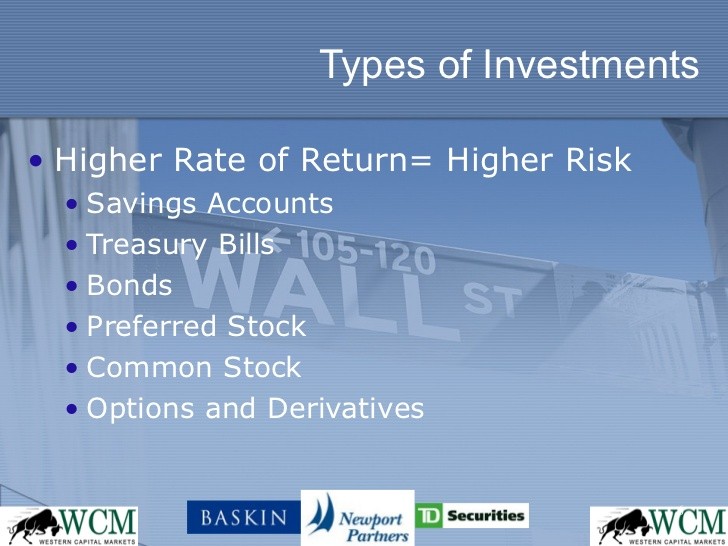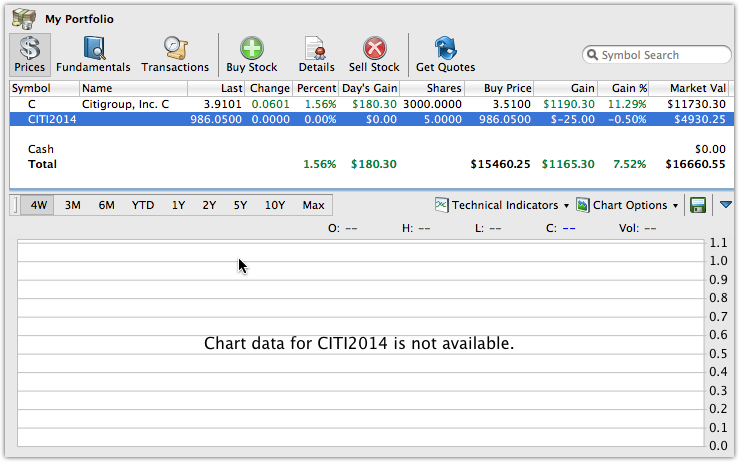Preferred Stocks versus Bonds How to Choose Yahoo Finance Canada
Post on: 13 Июль, 2015 No Comment

Investing & Planning
What are the similarities and differences between bonds and preferred stocks, two (out of many) methods by which a company may raise capital?
A preferred stock is generally considered between to a bond and common stock in the sense that it pays fixed dividends like a bond but takes lower precedence than a bond in case of liquidation proceedings.
Both bonds and preferred stocks prices fall when interest rates rise because the future cash flows are discounted at a higher rate and offer a better dividend yield. The opposite is true when interest rates fall.
Both securities may have an embedded call option (making them callable) that gives the issuer the right to call back the security in case of a fall in interest rates and issue fresh securities at a lower rate. This not only caps the investor’s upside potential but also poses the problem of reinvestment risk. (For more, see: Callable Bonds: Leading A Double Life .)
Neither security offers the holder voting rights in the company.
There is very limited scope for capital appreciation for these instruments as they have a fixed payment that does not benefit them from the firm’s future growth.
This option allows investors to convert either security into a fixed number of shares of the common stock of the company, which allows them to participate in the firm’s future growth.
As discussed above, both bonds and preferred stocks are senior to common stock, but bonds take precedence over preferred stocks in bankruptcy proceedings. Whereas interest payments on bonds are legal obligations and are payable before tax payments, dividends on preferred stocks are after-tax payments and are not made if the company is facing financial difficulties. Any missed dividend payment may or may not be payable in the future depending on whether the security is cumulative or non-cumulative.
Generally, preferred stocks are rated two notches below bonds with regards to risk to account for the lower claim on assets of the company.
Preferred stocks have a higher yield than bonds to compensate for the higher risk.
Preferred stocks generally have a lower par value than bonds, thereby requiring a lower investment. Both are usually issued at par.

Institutional investors like preferred stocks due to the preferential tax treatment the dividends receive. This may suppress yields, which is a negative for individual investors.
The very fact that companies are raising capital through preferred stocks could signal that the company is loaded with debt, which may also pose legal limitations on the amount of additional debt it can raise. Companies in the financial and utilities sectors mostly issue preferred stocks, leading to a lack of diversification.
The Bottom Line
The high yield of preferred stocks is definitely a positive, and in today’s low interest rate environment they can definitely add value to a portfolio. Adequate research needs to be done about the financial position of the company, however, or investors may suffer losses.
Another option is to invest in a mutual fund that invests in preferred stocks of various companies. This gives the dual benefit of a high dividend yield and risk diversification.
More From Investopedia














